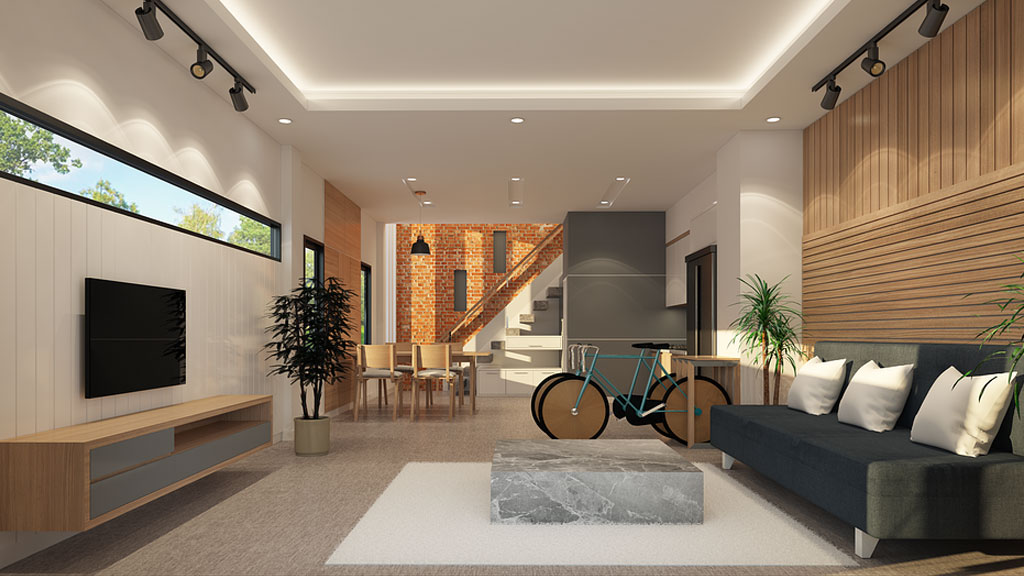Introduction:
Welcome to the exciting world of interior design! If you have an eye for aesthetics, a passion for creating harmonious spaces, and a desire to turn ordinary rooms into extraordinary environments, then an interior designing course is the perfect starting point. In this blog post, we’ll navigate through the essential aspects of interior design courses, from foundational principles to practical skills, and help you embark on a journey to become a skilled and sought-after interior designer.
Section 1: Unveiling the Art of Interior Design
1.1. Fundamental Design Principles: Begin your interior design journey by understanding the fundamental principles that govern design—balance, harmony, rhythm, contrast, unity, and emphasis. Learn how these principles shape the visual appeal and functionality of a space.
1.2. Color Theory and Palette Selection: Dive into the psychology of color and discover how it influences mood and atmosphere. Learn the art of creating color palettes that resonate with the intended purpose of a space and the preferences of its inhabitants.
1.3. Spatial Awareness and Layout Design: Delve into the nuances of spatial design and layout planning. Explore how to optimize space, create flow, and strike a balance between functionality and aesthetics.
Section 2: Practical Interior Design Skills
2.1. Furniture and Fixture Selection: Master the art of selecting furniture and fixtures that complement the design theme and enhance the functionality of a space. Understand the importance of scale, proportion, and style cohesion.
2.2. Material and Texture Selection: Explore the vast world of materials and textures. Learn how to choose and combine different materials to add depth, interest, and tactile appeal to your designs.
2.3. Technology in Interior Design: Stay ahead of the curve by incorporating technology into your designs. Explore the use of virtual reality, 3D modeling, and other digital tools to visualize and communicate your design concepts effectively.
Section 3: Navigating the Interior Design Education Landscape
3.1. Types of Interior Design Courses: Explore the various types of interior design courses, including degree programs, diploma courses, and online certifications. Consider your career goals and choose a course that aligns with your aspirations.
3.2. Internships and Industry Exposure: Seek opportunities for internships and gain practical experience in the field. Exposure to real-world projects and working alongside experienced professionals can significantly enhance your skills and industry knowledge.
3.3. Building a Strong Portfolio: Learn the art of compiling a compelling portfolio that showcases your design aesthetics, creativity, and problem-solving skills. A strong portfolio is your key to attracting potential clients or employers.
Conclusion:
Embarking on an interior designing course is the first step toward turning your passion for design into a fulfilling career. The world of interior design is dynamic and ever-evolving, offering endless possibilities for creativity and innovation. So, embrace the opportunity to craft spaces that inspire and transform, and let your journey into the realm of interior design unfold!

